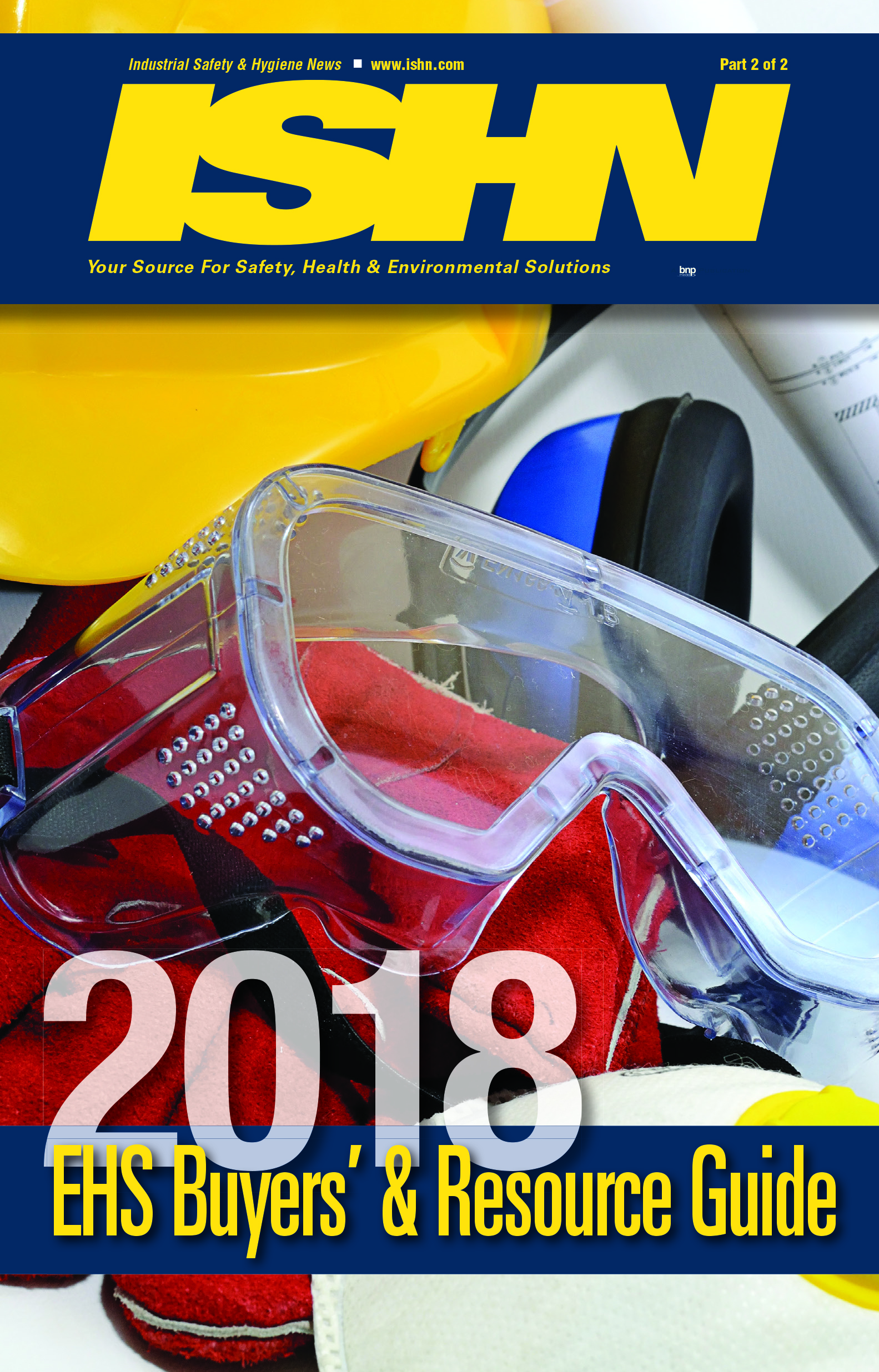Managing these incidents is a process that should be done quickly and accurately. You must ensure that the root cause is determined and that the process has been fixed to mitigate the risk of future duplicate incidents.
How can you manage this process while greatly reducing chance of error?
This is where automated Environmental Health and Safety (EHS) Systems come in.
The EHS system can automate the process of identifying and mitigating incidents. However, EHS processes are sometimes disconnected—for example; incidents may not be linked to any Risk Management methods or Corrective Action processes, which can hinder visibility, prioritization and communication between these related processes. An effective EHS Software system will integrate these processes, enabling visibility and collaboration. Integrated tools like Risk Management will assess the quantitative risk of incidents throughout the process, and filter incidents by their risk. Creating a collaborative process for managing all incidents will ensure that any high-risk incidents are identified and prioritized by risk-level, no time is lost in the process, and all critical incidents are addressed and assigned a corrective action in a timely fashion.
Ultimately, an EHS Incidents application is an automated method of handling any adverse events that enter the system. An automated EHS system with Incidents built in can often integrate this process with others that will work to streamline and make it as intuitive as possible.
The Way it Works
To promote continual improvement, all incidents must be recorded, investigated, and actions must be taken to prevent or reduce the chance of the incident recurring. An automated EHS System’s Incidents module lets you set up records of all incidents and collect the information needed to conduct investigations into those incidents.
Incidents are often the result of simple failures or errors and their cause may be apparent and can be addressed without the need for further investigation. Other times, an incident is considered to be critical, or multiple occurrences of similar incidents are observed, indicating a systemic issue. The automated Incidents module will allow you to create records of all incidents that occur within your organization, collect the required information, conduct external reports, and conduct investigations into all incidents. It will enable seamless reporting to OSHA and other regulatory agencies. In fact, many Incident modules have OSHA report templates built into the system and can inherit your information directly into the form for an easy and streamlined method of reporting.
Integration with other EHS Modules Enhances the Process
The automated EHS system also includes additional processes that integrate with the Incidents application to help you to effectively reduce and manage the incidents that may occur within your organization.
These tools include:
1) Risk Management: Risk is often used as the benchmark for common challenges and improvement areas within an organization. This risk-based data enables executives to make decisions based on more quantitative measures that span the enterprise. Continual improvement will occur depending on this data. This makes Risk Management a great asset to the organization. Using risk tools, you can identify trends in events that occurred in separate departments, allowing you to more easily identify the root cause of incidents and to put in place preventive measures to stop them from recurring. It provides a broad look into all environmental and safety events across the enterprise, allowing strategic decisions to be made based on this overreaching visibility. Risk Management ultimately enables EHS managers to see all high risks and correct or prevent them more efficiently.
2) Corrective Action: Much like using Risk Management to manage your incidents, the Corrective Action process can also determine whether a correction made to an incident was effective or not. Incident data can automatically be inherited into the Corrective Action process. Corrective Action takes measures to determine the root cause of the event, take actionable measures to correct the systemic issue, and then determine that the measures taken were effective. Risk tools can be used to measure any residual risk and determine whether a risk was reduced to acceptable levels to prevent the incident for recurring. If a high level of risk is still present, you must take another approach to mitigate recurrence of the incident.
3) Reporting: An organization must have the ability to report on their data and use that information to promote continual improvement throughout its enterprise. These reports provide insight into the tracking and trending of all incidents within your organization, allowing you to pinpoint the exact cause of these incidents, apply corrective actions if needed and ultimately reduce the risk associated with recurrence. These reports call pull data into regulatory forms such as OSHA, making the process of reporting incidents much easier on you.
Closing Thoughts
This article has described the method in which the automated EHS System proves to be a beneficial method of uncovering incidents, dealing with them, and preventing recurrence. It also detailed the additional EHS processes that integrate with Incidents to result in a system that will reduce the number of incidents in an organization quickly and effectively.
These capabilities will result in an intuitive solution that will allow your organization to reduce the number of incidents that occur and stop them from recurring. Tools like Risk Management and Corrective Action will reduce risks associated with incidents to acceptable levels and will correct any incidents that pose a high risk to your organization. Enterprise reporting tools will enable visibility throughout the organization and ensure quick reporting to regulatory agencies.
Ultimately, using the automated EHS system to manage your organization’s incidents will ensure a process that is intuitive, quick, and provides consistent results.



